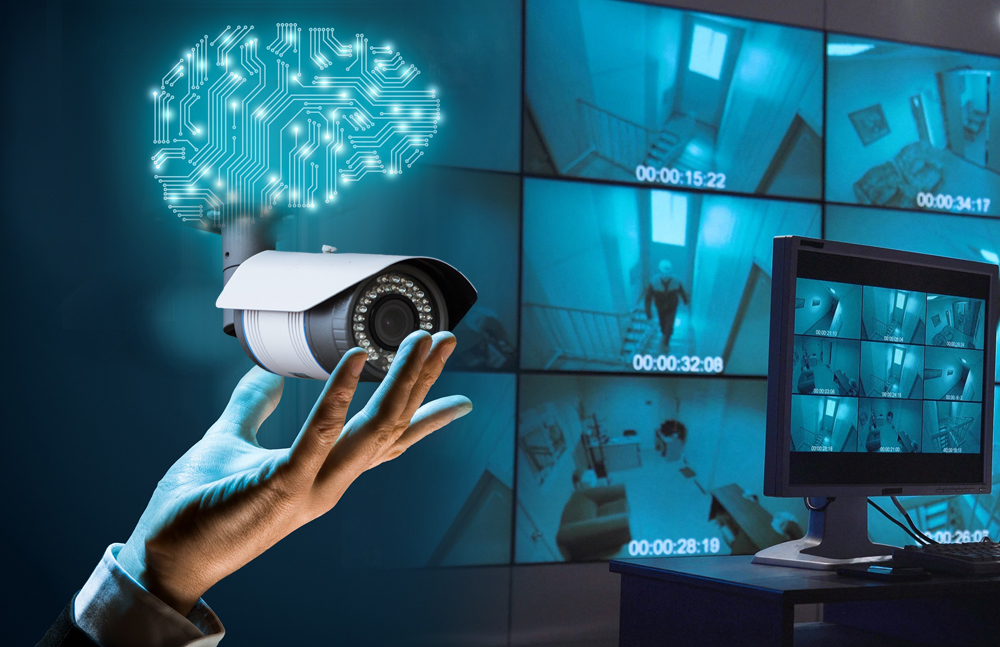Introduction:
Surveillance has been a fundamental element of security for centuries. From watchmen on city walls to closed-circuit television (CCTV) cameras in public spaces, we’ve always sought ways to protect our communities and assets. However, the 21st century brings a new era of surveillance, one powered by artificial intelligence (AI) and machine learning (ML). These technologies have the potential to transform the way we approach security, making it more effective, efficient, and proactive. In this blog post, we’ll explore the emergence of AI and ML in surveillance, their applications, and the broader implications for security.
Chapter 1: The Evolution of Surveillance Technology
To understand the role of AI and ML in surveillance, it’s essential to recognize the evolution of surveillance technology. Over the years, we’ve seen a shift from passive systems to proactive, intelligent solutions. Traditional CCTV cameras primarily recorded footage, requiring manual review. Today, smart cameras with AI capabilities can not only capture high-resolution video but also analyze the data in real-time.
Chapter 2: AI-Powered Video Analytics
The true power of AI in surveillance lies in its ability to analyze video data. Video analytics is the process of using AI and ML to extract valuable insights from surveillance footage. This includes facial recognition, object tracking, and behavior analysis. AI-powered video analytics is used in a variety of applications, such as monitoring traffic flow in smart cities, tracking customer behavior in retail stores, and enhancing security in critical infrastructure.
Chapter 3: Predictive Policing
One of the most promising applications of AI in surveillance is predictive policing. Machine learning algorithms can analyze historical crime data, weather conditions, and other variables to predict when and where crimes are most likely to occur. Law enforcement agencies can then deploy resources more effectively, ultimately reducing crime rates and improving community safety.
Chapter 4: Facial Recognition and Biometrics
Facial recognition is a contentious but powerful tool in the realm of surveillance. AI-driven facial recognition systems can identify individuals in real-time, making it a valuable asset in security and law enforcement. However, it raises significant privacy concerns and ethical questions that require careful consideration.
Chapter 5: Privacy and Ethical Concerns
The use of AI and ML in surveillance has sparked heated debates about privacy and ethics. The mass collection of data, facial recognition, and predictive policing raise legitimate concerns about civil liberties and individual rights. Striking a balance between security and privacy is a complex challenge that society must address as these technologies continue to advance.
Chapter 6: Challenges and Limitations
While AI and ML offer immense potential in surveillance, they come with challenges and limitations. These include the potential for bias in AI algorithms, the need for extensive computing power, and the risk of cyberattacks on surveillance systems. Addressing these issues is crucial for realizing the full benefits of these technologies.
Chapter 7: Future Prospects
The future of AI and ML in surveillance is undeniably bright. As these technologies continue to mature, we can expect more advanced and accurate systems. The integration of AI into autonomous drones, for instance, can transform surveillance in remote or inaccessible areas. Moreover, the development of AI chips tailored for surveillance applications will make these systems more affordable and accessible.
Chapter 8: Conclusion
Artificial intelligence and machine learning are reshaping the landscape of security and surveillance. The integration of AI and ML in surveillance systems allows for real-time analysis, predictive capabilities, and enhanced security. However, it also raises important questions about privacy and ethics that must be addressed as these technologies become more prevalent in our lives.
In this blog post, we’ve explored the evolution of surveillance technology, the applications of AI-powered video analytics, the promise of predictive policing, the challenges of facial recognition, and the ethical considerations surrounding these innovations. The future holds tremendous potential for AI and ML in surveillance, but we must navigate carefully to ensure a balance between security and personal freedoms.



